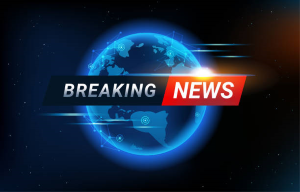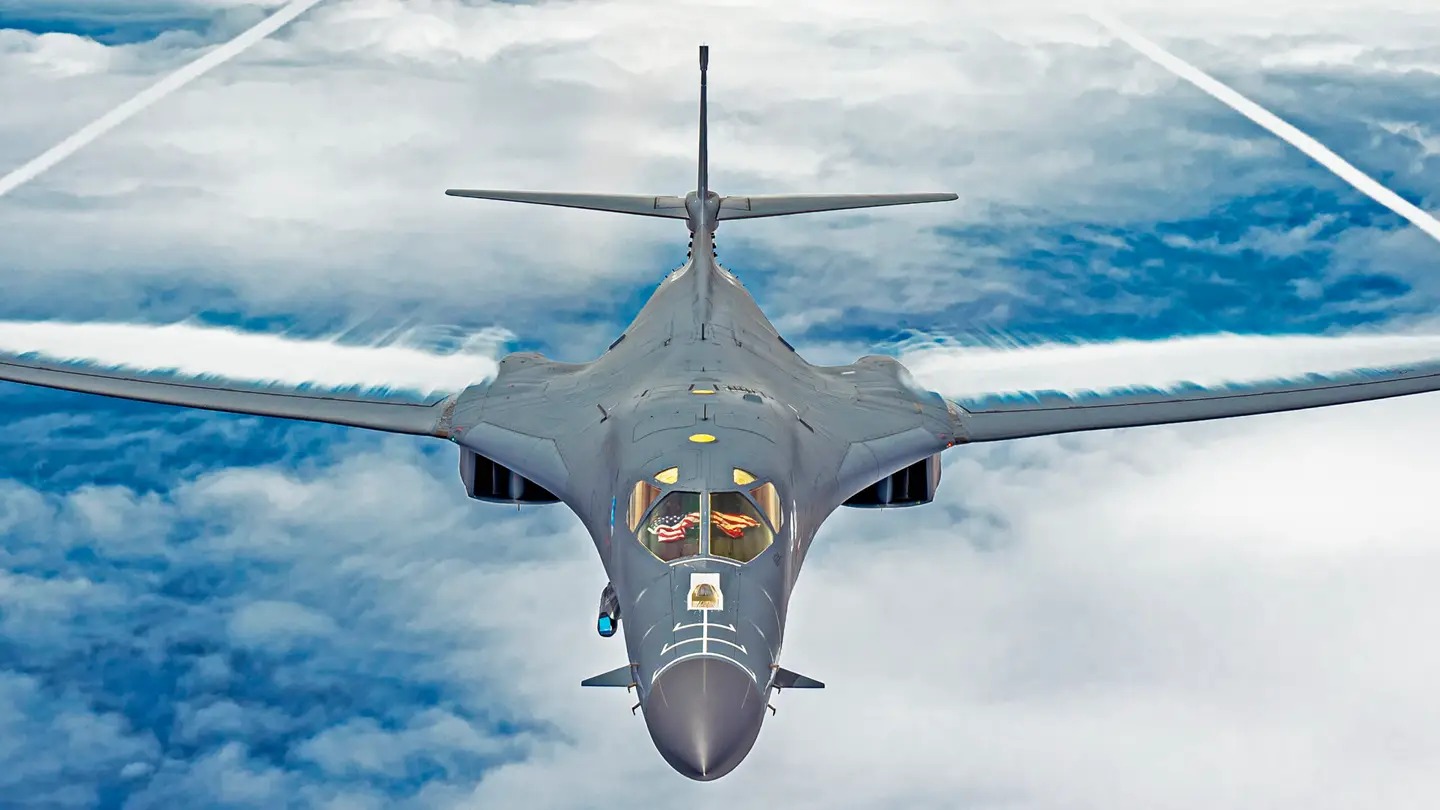No Place To Hide For Chinese Submarines; US Plans To Pry On Them From New Infra On Australian Islands

The United States is reportedly evaluating the development of military infrastructure on Australia’s remote Cocos Islands in a move that could enhance its deterrence capabilities in the Indo-Pacific region and monitor Chinese submarine activities.
Located approximately 3,000 kilometers west of the Australian mainland, Cocos Islands is a small territory with a population of just 600.
Despite its modest size, the island’s proximity to the Indian Ocean chokepoint of the Strait of Malacca—the conduit for half of China’s oil shipments—elevates its strategic importance.
The US military’s interest in the Cocos Islands reflects a broader effort under the Pacific Deterrence Initiative to bolster American military presence and infrastructure across the Indo-Pacific.
AfriPrime App link: FREE to download...
https://www.amazon.com/Africircle-AfriPrime/dp/B0D2M3F2JT
The Cocos Islands are being considered alongside other locations such as the Philippines, Timor-Leste, and Papua New Guinea for potential construction projects, reported Reuters.
These initiatives aim to strengthen US military capabilities and regional influence in response to increasing Chinese submarine activity and escalating geopolitical tensions.
A recent tender published by the US Navy for base infrastructure in the region lists Cocos Islands as a possible site.
However, the US Navy’s Pacific Fleet engineering arm, NAVFAC Pacific, has stated that these projects “may or may not” involve support for the US Marine Corps’ Darwin-based rotational force.
Last year, Troy Lee Brown, a defense expert from the University of Western Australia, highlighted the strategic importance of geographic positioning.
He stated, “Cocos will be brilliant because of just how strategically positioned it is near the Straits. You’ve got the Malacca, Sunda, and Lombok Straits. Monitoring those Straits, you can see, particularly Chinese submarines but all sorts of ships and craft and submarines. If you’re ever going to find them, that’s where you’d pick them up through the shallower, narrower transit areas.”
Australia is also advancing its military infrastructure on Cocos Islands, with plans to expand the island’s airfield this year. The upgrade will enable the accommodation of heavier aircraft, including the P-8A Poseidon, known for its submarine-hunting capabilities.
Despite these developments, the Australian Defence Force has clarified that there is no current US investment on the island.
AfriPrime App link: FREE to download...
https://www.amazon.com/Africircle-AfriPrime/dp/B0D2M3F2JT
US To Increase Bomber Deployments To Australia
The United States is finalizing a significant agreement to enhance its aircraft presence in Australia, focusing particularly on increasing the deployment of bombers.
This development follows the US-Australia Ministerial Consultations held on August 6, where the two nations discussed a range of defense and strategic initiatives.
Australia’s Foreign Affairs Minister, Penny Wong, and Defense Minister, Richard Marles, traveled to the US for their annual discussions with US Secretary of State Antony Blinken and Secretary of Defense Lloyd Austin.
Austin told reporters that the two countries agreed to “continue deepening our force posture cooperation”.
The cooperation will see an expansion of rotational US forces in Australia, including a notable increase in the frequency of maritime patrol and reconnaissance aircraft operating from northern Australian bases.
Additionally, more frequent deployments of US bombers to the region will occur. This move is expected to bolster joint training efforts and regional exercises, reflecting a deeper strategic collaboration between the US and Australia.

In response to concerns that this action may escalate tensions with Beijing and render Australia a more prominent target, the Australian government asserted that the presence of American forces provides a valuable opportunity for enhanced collaboration with neighboring nations.
The US Air Force has regularly stationed bombers and fighters at Australian bases such as RAAF Tindal and Darwin for joint operations and exercises with Australian and other Indo-Pacific partners.
However, it has been two years since the last Bomber Task Force deployment to Australia, indicating a significant gap in these strategic activities.
Early this year, it was reported that the Pentagon was investing in infrastructure at Australian bases, including RAAF Tindal, to support power projection in the South China Sea amid growing tensions with Beijing.
As previously also reported that the documents concerning a US military tender at RAAF Tindal disclose proposals for facilities to accommodate six B-52 bombers and refueling aircraft, highlighting the strategic purpose of these initiatives.
Australian Defense Minister Richard Marles noted the strategic benefits of the increased US military presence.
He said that this expansion would enhance opportunities for regional cooperation, allowing for a broader range of activities, operations, and exercises with partners such as Japan. Marles also highlighted the commitment to expanding trilateral exercises with the US and Japan.
AfriPrime App link: FREE to download...
- Questions and Answers
- Opinion
- Story/Motivational/Inspiring
- Technology
- Art
- Causes
- Crafts
- Dance
- Drinks
- Film/Movie
- Fitness
- Food
- Jeux
- Gardening
- Health
- Domicile
- Literature
- Music
- Networking
- Autre
- Party
- Religion
- Shopping
- Sports
- Theater
- Wellness
- News
- Culture
- War machines and policy

